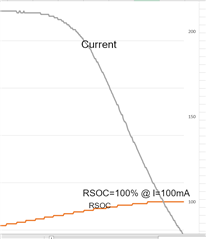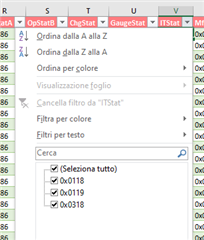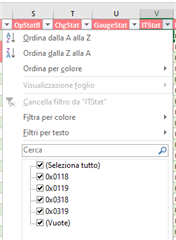Other Parts Discussed in Thread: GPCCHEM, BQ24120, BQSTUDIO
I'm working for learning cycle with a sistem based on 2S li-ion, battery charger BQ28120 with 150mA charging current
- select the chemid with GPCCHEM tool
- program on the EVM : CHEMID, and design parameter as suggested by SLUA 777
- start discharge, relax, charge relax and so on for learning cycle
I repeat more time the cyces but do not complete the lerning.
Attached the logfile.2110.charger.zip




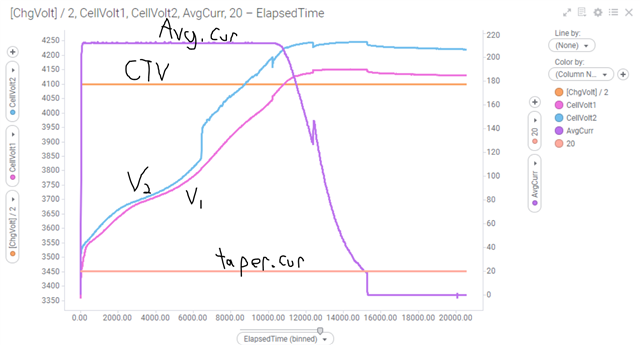
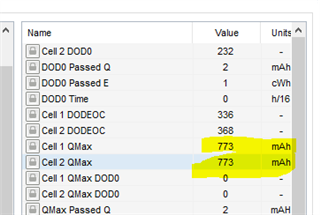
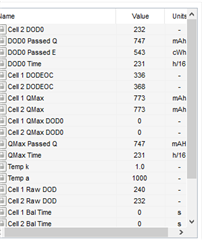
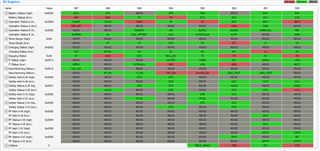 may be ITEN ?
may be ITEN ?


